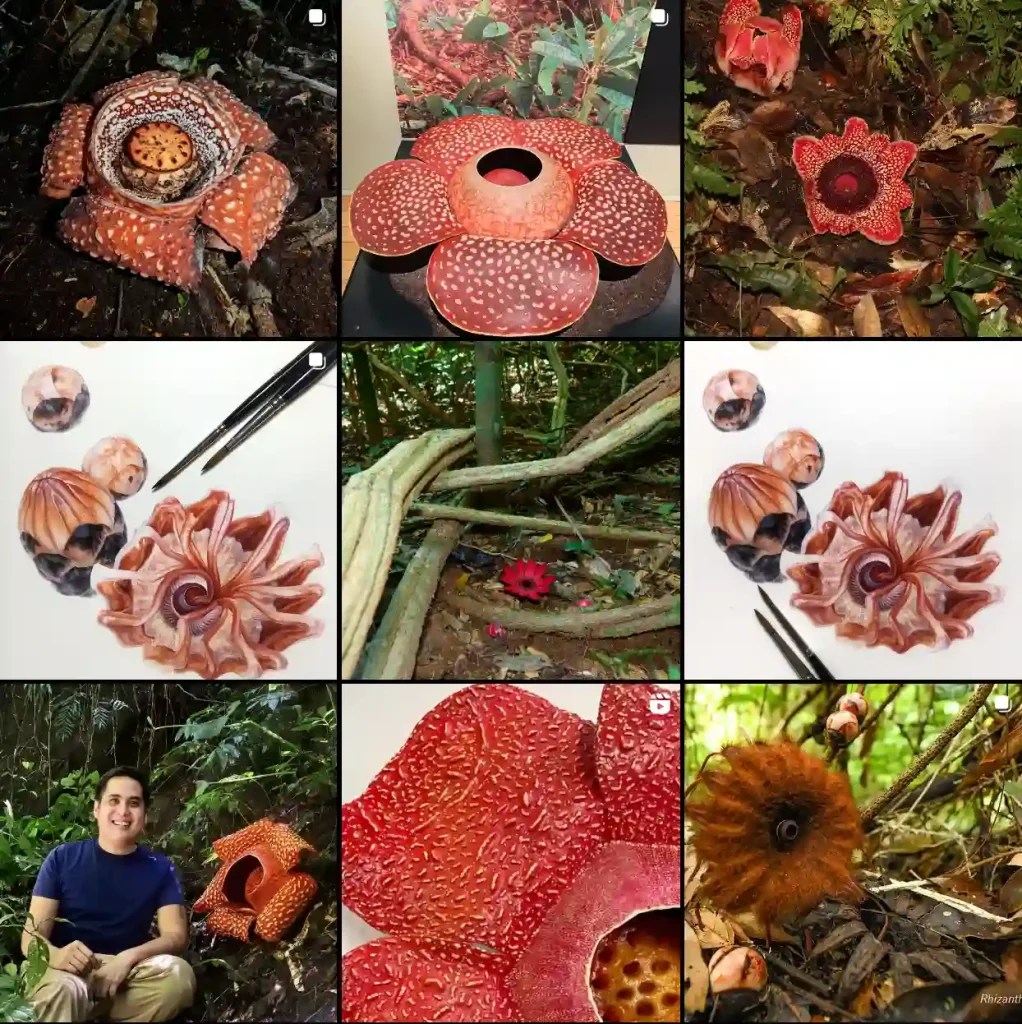What is Anthurium Gracile?
Anthurium Gracile is a striking plant known for its elegant foliage and unique growth habits. Native to tropical regions, this species belongs to the Anthurium genus, which is famous for its vibrant and long-lasting flowers. Unlike some of its more common relatives, Anthurium Gracile stands out for its slender leaves and delicate appearance. Its leaves are elongated and often have a glossy finish, making it a visually appealing addition to any indoor garden.
1327 Species in Genus Anthurium
How to Care for Anthurium Gracile?
Caring for Anthurium Gracile requires attention to several key factors to ensure its health and vitality.
- Light: This plant thrives in bright, indirect light. Direct sunlight can scorch its leaves, so placing it near a north or east-facing window is ideal. If natural light is limited, a grow light can also work well.
- Watering: Anthurium Gracile prefers a well-draining soil mix. Water the plant when the top inch of soil feels dry. Be cautious not to overwater, as this can lead to root rot. Ensure that the pot has drainage holes to prevent water from accumulating at the bottom.
- Humidity: Being a tropical plant, Anthurium Gracile appreciates high humidity levels. A humidity level of around 60% is ideal. You can increase humidity by using a pebble tray or a humidifier, especially during dry winter months.
- Temperature: This plant thrives in temperatures ranging from 65°F to 85°F (18°C to 29°C). Avoid exposing it to temperatures below 50°F (10°C) and sudden temperature fluctuations.
- Fertilizing: Feed Anthurium Gracile with a balanced, water-soluble fertilizer every 6-8 weeks during the growing season (spring and summer). Reduce feeding frequency during fall and winter when the plant’s growth slows down.
How to Propagate Anthurium Gracile?
Propagating Anthurium Gracile is relatively straightforward and can be done through division or stem cuttings. Here’s a step-by-step guide:
- Division: This method involves separating the plant into smaller sections. Carefully remove the plant from its pot and gently separate the root ball into smaller clumps, ensuring each division has a healthy root system. Re-pot the divisions into fresh soil and water them well.
- Stem Cuttings: Select a healthy stem with at least two nodes. Cut the stem just below a node using a clean, sharp knife. Dip the cut end into rooting hormone to promote root growth. Plant the cutting in a well-draining soil mix and keep it in a warm, humid environment. Roots should develop within a few weeks.
What to Plant With Anthurium Gracile?
Anthurium Gracile pairs well with other tropical plants that have similar care requirements. Some suitable companions include:
- Philodendron: Varieties like Philodendron Birkin or Philodendron Cordatum can complement the graceful appearance of Anthurium Gracile.
- Pothos: Its trailing vines and heart-shaped leaves make a great contrast to the upright growth of Anthurium Gracile.
- Fern Species: Boston Fern or Maidenhair Fern can enhance the lush, tropical feel of your indoor garden.
Is Anthurium Gracile Toxic?
Yes, Anthurium Gracile is toxic if ingested. It contains calcium oxalate crystals, which can cause irritation and discomfort if consumed by pets or children. Symptoms of poisoning may include swelling, mouth irritation, and difficulty swallowing. Keep this plant out of reach of pets and young children to avoid any potential accidents.
Benefits of Anthurium Gracile
Anthurium Gracile is not just a pretty face; it offers several benefits:
- Air Purification: Like many houseplants, it helps improve indoor air quality by filtering pollutants and toxins.
- Aesthetic Appeal: Its elegant leaves and growth habit make it an attractive focal point in any room.
- Low Maintenance: With its straightforward care requirements, it’s a great choice for both novice and experienced plant enthusiasts.
Common Problems with Anthurium Gracile
Despite its beauty, Anthurium Gracile can encounter a few issues:
- Leaf Yellowing: This can be a sign of overwatering or poor drainage. Ensure the soil is drying out between waterings and check that the pot has proper drainage.
- Pests: Watch for common pests like spider mites or aphids. Regularly inspect the plant and treat any infestations with insecticidal soap or neem oil.
- Root Rot: Often caused by excessive moisture, root rot can be prevented by using well-draining soil and not overwatering.
Compare Anthurium Gracile with Similar Plants
If you’re considering similar plants, here’s how Anthurium Gracile compares:
- Anthurium Clarinervium: While both plants have striking foliage, Anthurium Clarinervium is known for its thicker, velvet-like leaves and distinct veining. Anthurium Gracile’s leaves are more slender and delicate.
- Anthurium Andraeanum: Known for its bright, showy flowers, Anthurium Andraeanum is more commonly found than Anthurium Gracile. It has broader leaves and a more robust growth habit.
In conclusion, Anthurium Gracile is a beautiful and manageable plant that can enhance your indoor space with its graceful appearance. By following proper care guidelines, you can enjoy its elegance and benefits while keeping potential problems at bay.
If i die, water my plants!



